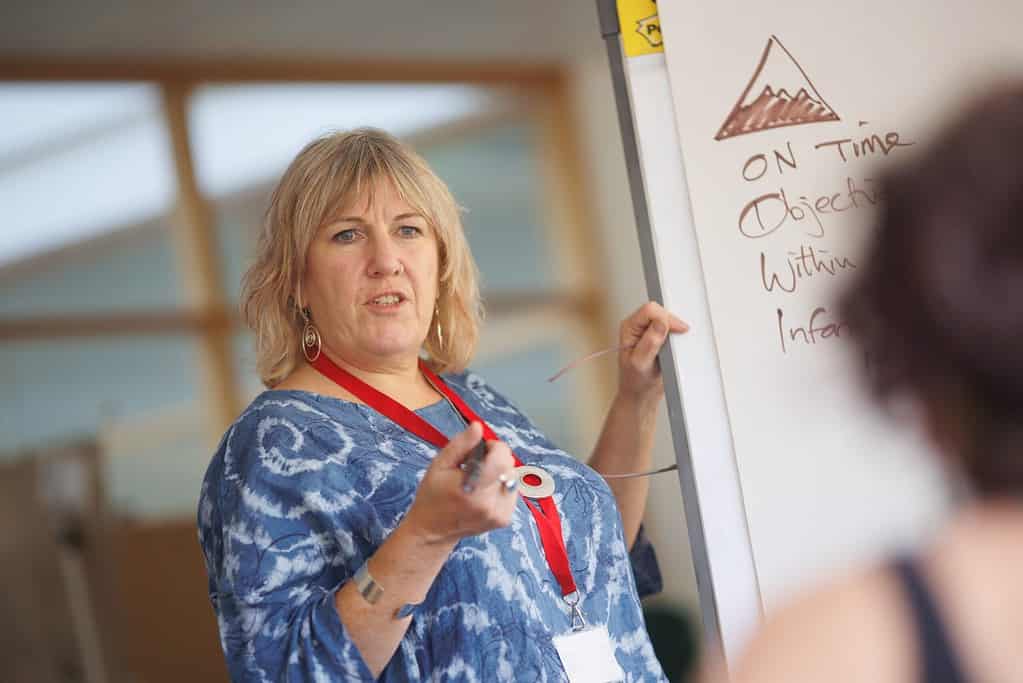Introduction to French Pronunciation Challenges
Learning French can be an exciting journey, but many English speakers quickly discover that French pronunciation brings its own set of challenges. Unlike English, French involves nuances such as silent letters, nasal vowels, and a unique approach to vowel and consonant sounds that might make your words feel foreign even if you know the vocabulary. Recognizing these obstacles is the first step toward speaking French more clearly and confidently. If you are looking for a supportive environment to practice these skills, explore the benefits of a language exchange on swaplang, where you can connect with native speakers and receive personalized feedback.
Common Pronunciation Mistakes English Speakers Make
English speakers often stumble over several areas that are essential for mastering French pronunciation. A frequent pitfall involves silent letters. For example, in the word “petit” (small), the final “t” remains unspoken, and in “beaucoup” (a lot), the “p” at the end is dropped, giving a smoother sound (“puh-tee” and “boh-koo” respectively). Mispronouncing these letters can lead to a stilted performance that doesn’t resemble natural French speech. Furthermore, nasal vowels like “an,” “en,” “on,” and “in” are quite foreign to English speakers. Words such as “pain” (bread) and “pin” (pine) contain nasal sounds that need to be produced by allowing air to pass through the nose, not simply by changing mouth shape.
Another major stumbling block is the French ‘r’ sound. Instead of the bunched-up English ‘r’, the French version is articulated at the back of the throat, resulting in a soft, almost gargling sound. Try practicing with words like “rouge” (red), “rivière” (river), and even “Paris” to internalize the difference.
Additionally, distinguishing the French ‘u’ from ‘ou’ poses its own challenge. In French, the ‘u’ (as in “lune” for moon) is produced with tightly rounded lips, while ‘ou’ in “loup” (wolf) sounds similar to the English “oo.” It may feel awkward at first, but repeated practice will help your tongue and lips adjust to the new positions.
Phonetic Explanations and Examples
Breaking down the sounds of French can help overcome these challenges. Consider the role of liaison and elision techniques, which are pivotal in connecting words naturally. Liaison involves pronouncing a normally silent final consonant before a word that starts with a vowel. For instance, “les amis” (the friends) often sounds like “lez-ami,” which helps create fluid, connected speech. Conversely, elision involves dropping a vowel and replacing it with an apostrophe. The phrase “Je aime” transforms into “j’aime” through this process. Both liaison and elision contribute to the musicality of French.
Other areas to note include the differences in the ‘e’ sounds. French distinguishes between the open sound found in “mère” (mother) and the closed ‘é’ as pronounced in “météo” (weather). Additionally, voiceless consonants in French are softer than their English counterparts, so be cautious not to overemphasize sounds like the ‘p’ in “soupe” (soup). For more detailed explanations on the subtle differences in sound production, resources such as the detailed analyses on Comme une Française provide valuable insights.
Practical Tips to Improve French Pronunciation
Practical, everyday practice is key to refining your pronunciation. Regular practice with tongue twisters, repeating common phrases aloud, and recording your speech can be extremely helpful. When you record yourself, you can compare your pronunciation to that of native speakers and notice areas for improvement. Experts recommend that learners focus on one sound at a time. For instance, spend a week mastering nasal vowels before moving on to the French ‘r.’ This methodical approach ensures you build a solid foundation without feeling overwhelmed.
Another effective strategy is integrating digital tools into your study routine. Platforms like swaplang offer one-to-one private video exchanges with native speakers, making it easier to receive real-time corrections and personalized feedback. For more context on leveraging real-life practice settings, consider reading how learners succeed beyond the classroom to build confidence in their language skills.
Audio Resources and Practice Techniques
Audio resources are invaluable for working on pronunciation, as they offer the chance to listen and mimic the natural rhythm and intonation of French. Podcasts, interactive audio exercises, and recorded dialogues are all excellent tools for this purpose. FrenchPod101, for example, provides a wide array of exercises tailored to the learner’s level, making it easier to focus on the nuances of French pronunciation. If you’re more inclined toward video and conversational practice, explore resources like language exchange videos which allow you to see and hear native speakers interact in real-time.
For those interested in a tech-savvy approach to language learning, resources detailing digital tools, such as the insights found at Tech-Savvy Language Learning, outline how modern platforms can enhance your pronunciation through interactive exercises and immediate feedback.
Conclusion: Building Confidence in French Speaking
In mastering French pronunciation, persistence and patience are as important as understanding the technical details of the language. By familiarizing yourself with the common pitfalls—silent letters, nasal vowels, the unique French ‘r’, and others—you can slowly but steadily eliminate errors from your speech. Incremental improvements and regular practice pave the way toward greater fluency and more natural-sounding French.
Consider making use of language exchange platforms such as swaplang which not only connect you with native speakers but also provide a structured approach to overcoming these pronunciation challenges. Remember, every mistake is an opportunity to learn, and as your confidence grows, so will your command over the French language. Additionally, exploring supportive content like mastering casual French conversations can further enhance your learning journey.

















